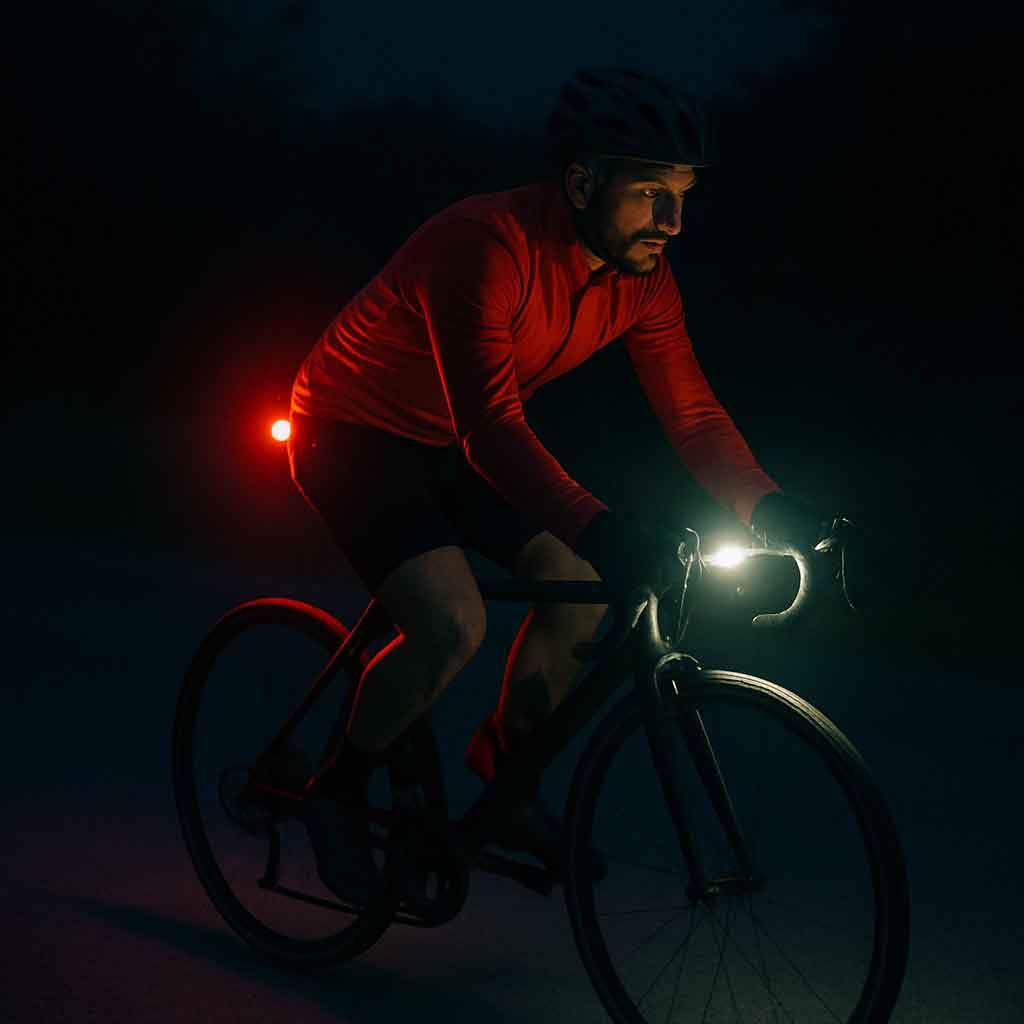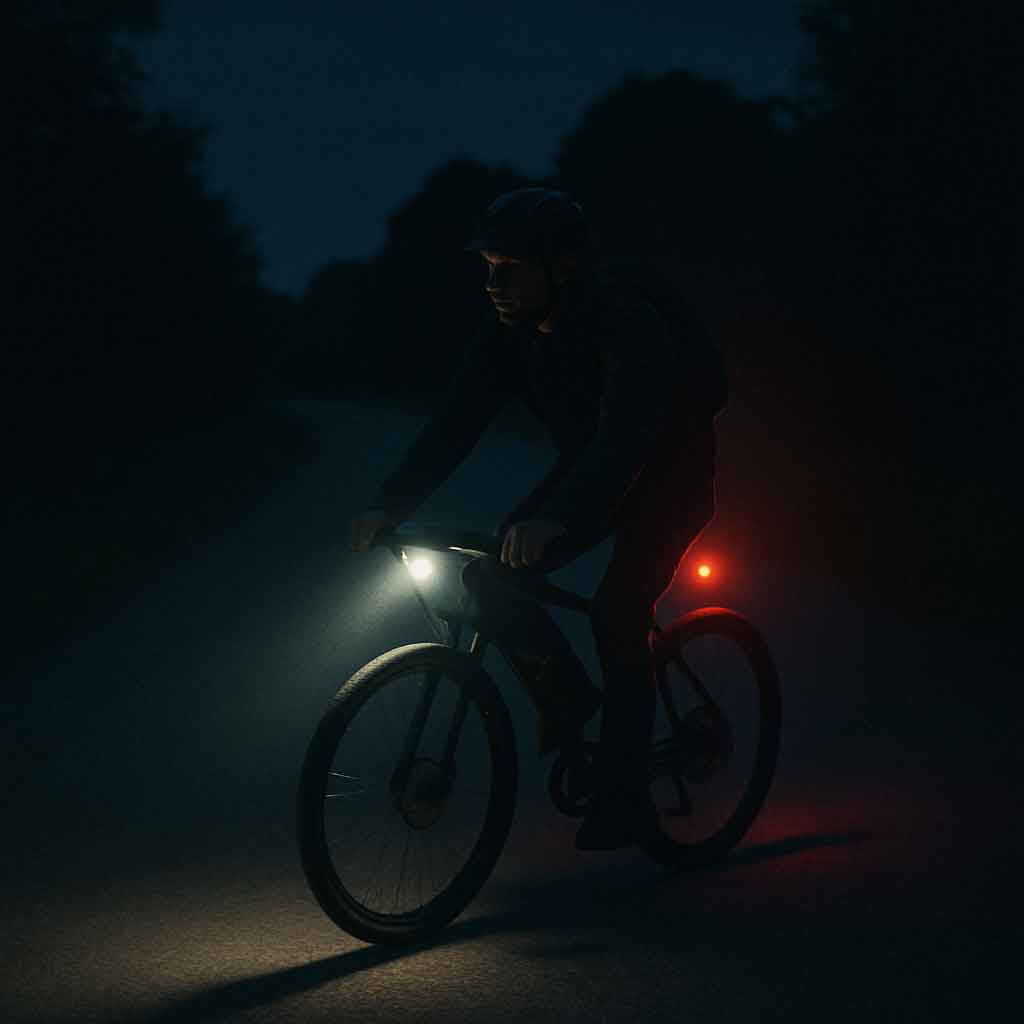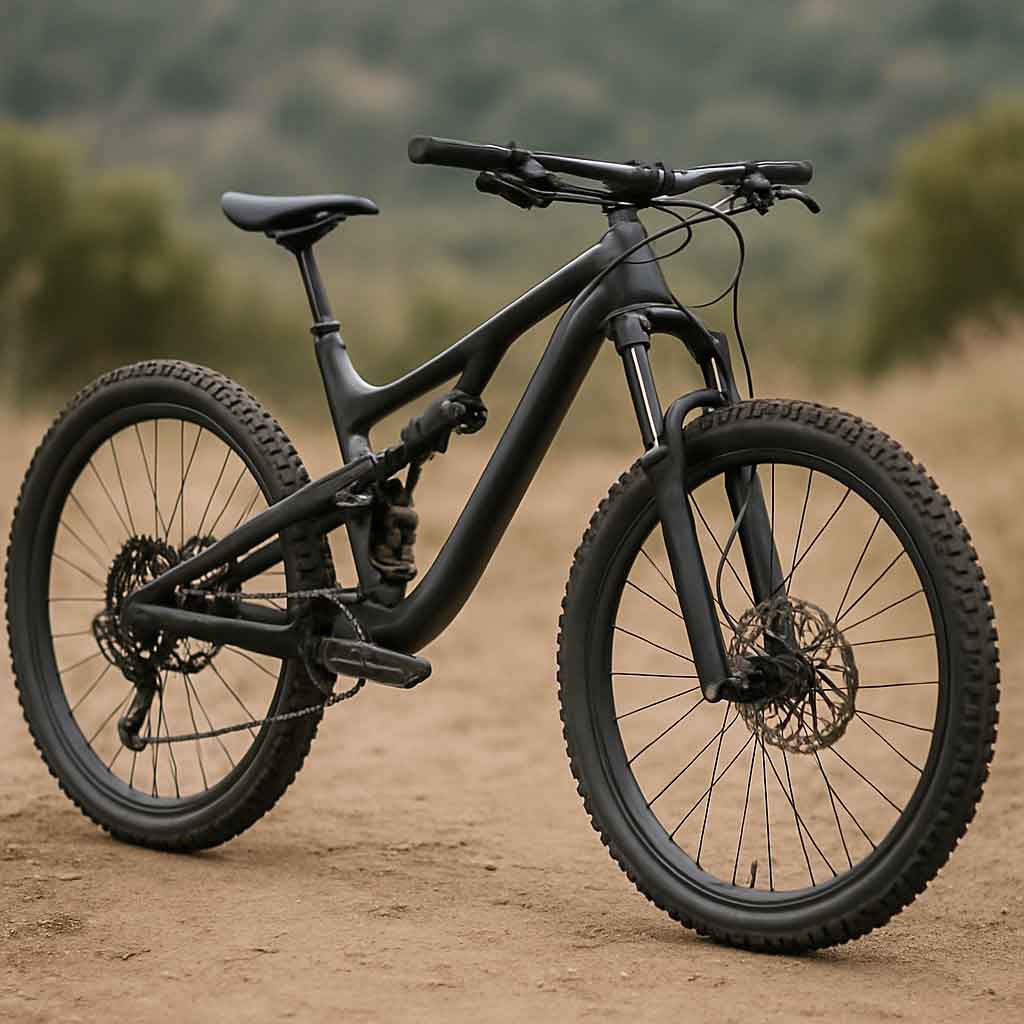Welcome to Mondince Bike - A well-known factory specialized in produce carbon bike frame and other parts since 2007.
How to Choose the Best Bike Lights
Cycling is not just a hobby; it's a way of life for many, offering freedom, exercise, and an eco-friendly mode of transportation. However, safety should always remain a top priority. Among the essential safety gear for cyclists, bike lights are indispensable. They ensure that you're not only illuminating your path but also making yourself visible to others. Whether you're navigating through early morning fog or cruising city streets at night, selecting the right bike lights can significantly enhance your safety and riding experience. This comprehensive guide will walk you through the considerations for choosing the best bike lights tailored to your needs.

Understanding the Basics of Bike Lights
Before delving into the specifics of choosing bike lights, it's crucial to grasp the fundamental types and their functions. Bike lights can be broadly categorized into two main types, each serving distinct purposes that contribute to your overall visibility and safety on the road.
Front Headlights
Front headlights are essential for cyclists, as they illuminate the path ahead. These lights are typically mounted on the handlebars, providing a clear view of the road and any obstacles that may lie ahead. The primary purpose of front headlights is twofold: they help you see where you're going, and they make you visible to oncoming traffic.
When choosing a front headlight, consider the brightness, which is measured in lumens. A higher lumen count means a brighter light. For urban environments, a light with 200-500 lumens is generally sufficient. However, for off-road or night riding, you might need a light with 600 lumens or more to ensure adequate illumination.
Rear Tail Lights
Rear tail lights are equally critical, as they are designed to make you visible to vehicles approaching from behind. Mounted on the back of your bike or seat post, these lights alert drivers to your presence, reducing the risk of rear-end collisions.
The effectiveness of a rear tail light can be enhanced by using a flashing mode, which tends to catch the attention of drivers more effectively than a steady light. This is particularly important in busy urban settings where distractions abound.
Why Bike Lights Matter
The importance of bike lights extends beyond merely illuminating the road. They are vital for your visibility, especially in low-light conditions where cyclists might be hard for drivers to spot. By using both front and rear lights, you significantly reduce the risk of accidents. This dual-light setup ensures that you are seen from both directions, enhancing your safety on the road.
Moreover, bike lights are not just for nighttime riding. Even during the day, a flashing rear light can improve your visibility to other road users, providing an added layer of safety.
Key Features to Consider
When selecting the best bike lights, several factors should be taken into account to ensure they meet your specific needs and provide optimal safety and performance.
Brightness
The brightness of a bike light is a critical factor, as it determines how well you can see and be seen. Measured in lumens, the brightness should match the type of riding you plan to do. For city riding, a front light with 200-500 lumens is typically sufficient, as urban environments often have additional lighting. However, for off-road or night riding, consider lights with 600 lumens or more to ensure you have a clear view of the terrain.
It's also important to balance brightness with battery life. While a brighter light offers better visibility, it may consume more power, shortening the battery life.
Beam Pattern
The beam pattern of a bike light affects how the light is distributed across the road. A wide beam pattern is ideal for off-road cycling, as it illuminates a broader area, helping you spot obstacles on trails. On the other hand, a focused beam is better suited for urban environments, where you need a concentrated light to see the road ahead without causing glare to other road users.
When choosing a beam pattern, consider your typical riding environment and select a light that provides the best visibility for those conditions.
Battery Life
Battery life is a crucial consideration, especially for long rides. Rechargeable bike lights are convenient and eco-friendly, allowing you to power up via USB. When evaluating battery life, consider how long your rides typically last and choose a light that offers sufficient power for the duration.
Look for lights with a low-battery indicator, which can alert you when it's time to recharge. This feature is particularly useful for avoiding unexpected power loss during a ride.
Mounting Options
The ease of mounting and removing bike lights is important for convenience and security. Look for lights with easy-to-install mounts that allow for quick setup and removal. Ensure that the lights are securely attached and compatible with your bike's frame to prevent them from shifting or falling off during your ride.
Consider the adjustability of the mount as well, which can help you position the light at the optimal angle for visibility.
Weather Resistance
Cycling often involves exposure to the elements, so it's essential to choose lights that are water-resistant or waterproof. This ensures that your lights remain functional in rain or muddy conditions. Check the IP rating of the lights, which indicates their level of protection against water and dust.
Selecting weather-resistant lights not only extends their lifespan but also ensures reliable performance in various riding conditions.
Types of Bike Lights
Bike lights come in various types, each offering distinct advantages. Understanding these options can help you choose the best lights for your cycling needs.
LED Bike Lights
LED bike lights are popular for several reasons. They are known for their efficiency, providing bright illumination while consuming less power. This results in longer battery life, allowing you to ride longer without needing to recharge. Additionally, LED lights are available in a wide range of brightness levels, making them suitable for different riding conditions.
Their durability and long lifespan make LED lights a cost-effective choice for cyclists looking for reliable lighting solutions.
Rechargeable Bike Lights
Rechargeable bike lights offer the convenience of not needing to replace batteries. They can be charged via USB, making them a cost-effective and environmentally-friendly option. Rechargeable lights are ideal for regular cyclists who want to avoid the hassle and expense of buying disposable batteries.
When choosing rechargeable lights, consider the charging time and how long the lights can run on a full charge to ensure they meet your riding needs.
Solar-Powered Bike Lights
Solar-powered bike lights are an eco-friendly option, harnessing sunlight to recharge. While they may not be as bright or reliable as battery-powered lights, they are suitable for daytime or short rides. Solar lights are an excellent choice for environmentally-conscious cyclists looking to reduce their carbon footprint.
When considering solar-powered lights, assess the amount of sunlight available during your rides and whether the lights can store enough energy for your needs.
Recommended Bike Lights for Different Riding Conditions
Different riding environments demand different lighting solutions. Here are some recommendations based on common riding conditions.
City Commuting
For city commuting, where streetlights provide some illumination, a front light with 200-300 lumens is recommended. This level of brightness is usually sufficient for urban environments. Pair it with a rear light that has a flashing mode to enhance your visibility to drivers.
In addition to brightness, consider the beam pattern and mounting options that suit city riding, ensuring that your lights are secure and provide optimal visibility.
Off-Road and Trail Riding
When biking off-road, a brighter light with at least 600 lumens is necessary to illuminate the trail ahead. A wide beam pattern helps cover a broader area, allowing you to spot obstacles and navigate challenging terrain. Choose a durable, water-resistant design to withstand the elements and ensure reliable performance.
In addition to the front light, a strong rear light can enhance your visibility to other cyclists and vehicles on shared paths.
Night Riding
For night riding, visibility is paramount. Opt for a front light with at least 500 lumens to ensure you can see and be seen on dark roads. A bright, flashing rear light further enhances your visibility to vehicles approaching from behind.
Consider additional features such as multiple lighting modes and a long battery life to ensure your lights meet the demands of nighttime cycling.

Tips for Using Bike Lights Effectively
To maximize the benefits of your bike lights, follow these tips for effective use and maintenance.
Check Battery Levels
Always check your light's battery level before heading out. This simple step can prevent the frustration and danger of being left in the dark during a ride. Make it a habit to recharge your lights after each ride, especially if they have been used for an extended period.
Use Flashing Modes
Flashing modes can enhance your visibility during the day and in low-light conditions. They catch the attention of drivers more effectively than a steady light, making them a valuable feature for both front and rear lights.
Adjust Light Angle
Ensure your lights are angled correctly to illuminate the road without blinding other road users. Proper positioning of your lights not only improves your visibility but also ensures safety for everyone sharing the road.
Regular Maintenance
Clean your lights regularly to ensure optimal performance. Dust and dirt can accumulate, affecting the brightness and functionality of your lights. Regularly check for any damage, such as cracks or loose connections, and address any issues promptly.
Conclusion
Choosing the best bike lights involves considering your riding environment, the type of cycling you engage in, and your specific needs for brightness, battery life, and durability. By selecting the right lights, you can enhance your visibility and safety on the road, ensuring a more enjoyable and secure cycling experience. Remember, the best bike lights are those that meet your individual requirements and help you stay visible and safe during your rides.
Stay visible, stay safe, and enjoy the ride!











